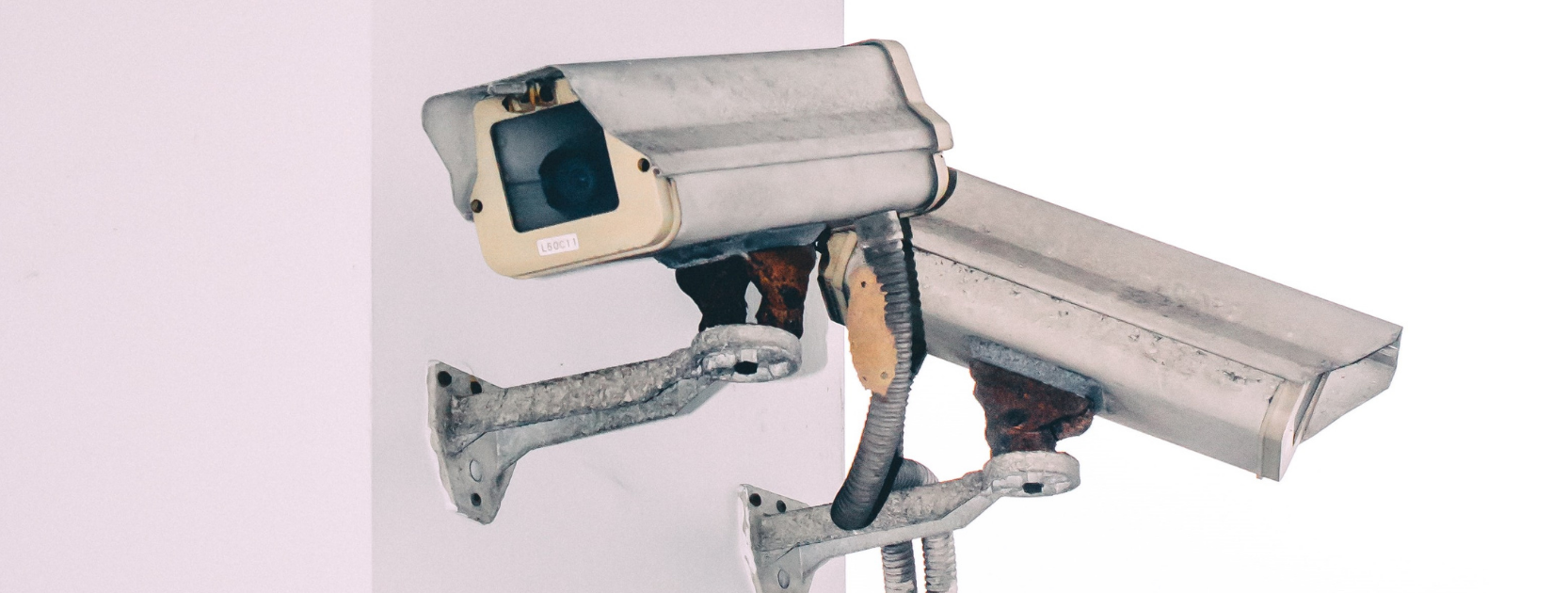News

Mar 1, 2021 by Foresight
Facial Mapping: What Exactly Is It and How Is It Applied?
Facial Mapping: What Exactly Is It and How Is It Applied?
They say that a picture paints a thousand words. Although perhaps more poignantly in the case of the computer-generated art of facial mapping, we should perhaps paraphrase computer science pioneer, Edsger Dijkstra instead. Who once quoted, “A picture may be worth a thousand words, a formula is worth a thousand pictures.”
Instances of facial mapping being facilitated more and more by criminal solicitors looking to defend their clients has mirrored the increased reliance on captured CCTV footage to help bring about certain cases, with the two seemingly going hand in hand on occasions.
Having said that, close circuit cameras aren’t always able to realistically define every single nuance and facet of the real-time stream it visually documents. It’s these irregularities and compromises in image quality which sometimes lead to inconclusive evidence being cited in certain criminal cases.
However, this is where facial mapping can come into its own and reliably does.
But Just What is Facial Mapping?
On a base level, facial mapping allows criminal investigators (police forces, Interpol and a number of other official bodies with permissions) to positively ID an individual suspect, courtesy of a number of imaging sources.
Facial mapping as a procedure is what aesthetically results when two faces are acquired with a view to forming an identical pictorial match.
This necessitates the conscious pairing of similar variables, primarily including lighting conditions, ages, facial proportions, and features, which are then subjected to accurate scaling and alignment with one another. Essentially, what’s referred to as ‘facial geometry’ will subsequently manifest in the event that these two faces depict the same person.
From a Technical Standpoint, Just How is Facial Mapping Configured?
Derived from three key areas, the resultant facial mapping evidence fuses photogrammetry with morphological and then superimposition techniques.
The former, photogrammetry, evolves in the immediate aftermath of the measurements of a subject’s facial features being compared with those of an individual currently under suspicion.
The morphological process for its part, refers to the very essence (albeit an admittedly subjective one) of an individual’s facial features when comparisons are drawn with video or photographic evidence.
While the latter, superimposition, is the practice of placing a similar image of an individual over the disputed photo/videography evidence and adopting a flick or swipe technique. Any differences - or similarities for that matter - are then recognised by a facial mapping expert witness.
To Whom Do the Two Faces Used for Facial Mapping Belong?
One of the faces will be that of a suspect who’s probably awaiting trial, after being arrested on suspicion of committing a crime. The second face will be that of an individual whose likeness to the suspect was caught on CCTV and sought in relation to the committing of a crime.
The objective is to determine the identity of the guilty party beyond any reasonable doubt. If indeed, their image corresponds with that of someone who’s cited with the carrying out of a criminal act. With the facial mapping techniques applied focused on obtaining clarity.
In doing so, reinforcing the likelihood that the person in the frame for the crime matches the individual observed in the CCTV footage.
Is Facial Mapping Commonplace in Legal Scenarios?
Feature comparison software plays a vital role in many legal cases. In collaboration with other pictorial materials and reference points compiled via electronic surveillance methods, facial mapping often proves to be pivotal in the curation of visually circumstantial evidence being presented before a prosecution panel or jury.
Served in addition to case papers in a court, both 3D and 2D images can be instrumental in either proving - or conversely, disproving - someone’s hitherto perceived guilt.
For its part, facial mapping can go a long way to ascertaining whether an individual was present at a specific place at a specific time, engaged in a specific action of which they stand accused. When CCTV footage leaves a margin for error, then facial mapping technology takes over, ultimately providing a more forensic perspective.
Acquiring the Expertise of Facial Mapping Expert Witnesses
On account of just how much legal leverage feature comparison technology can bring to a case, we have created a panel of highly experienced facial mapping professionals. Who will also work closely with CCTV analysis experts to enhance, revise and contrast images as part of the constructing of a bigger picture. All imagery will be appropriately formatted prior to a case being made.
Should you require the services of a facial mapping expert, we can facilitate this through our nationwide panel of expert witnesses who you can instruct today by emailing enquiries@foresight.expert
FIND YOUR
EXPERT WITNESS
CALL OUR TEAM ON
0330 088 9000
NEWSLETTER SIGN-UP
Stay up-to-date with all the latest news in the industry by signing up to our newsletter. You're welcome to unsubscribe at any time and we'll always treat your personal details with the utmost care.

